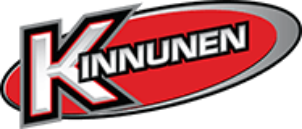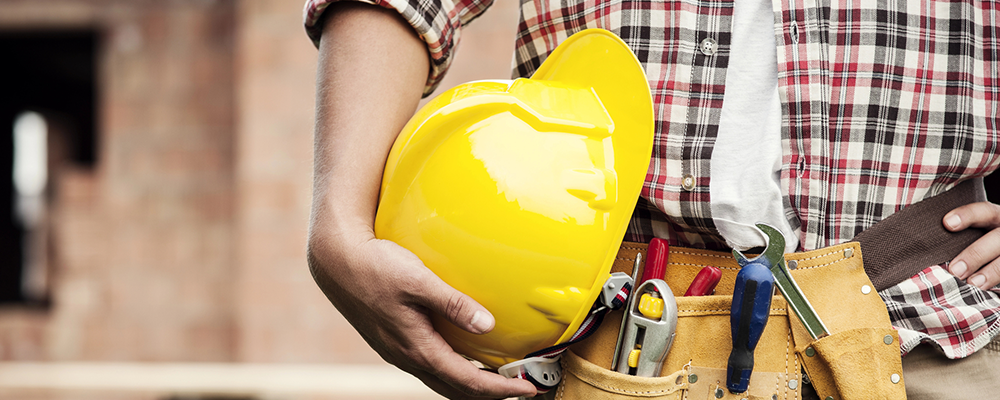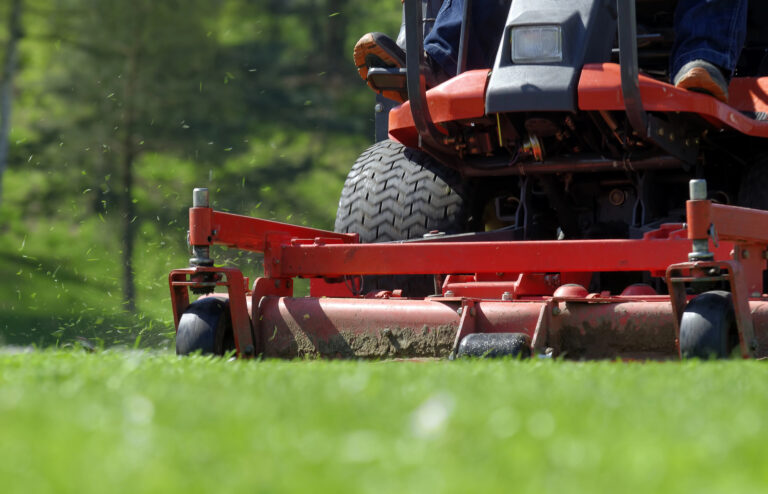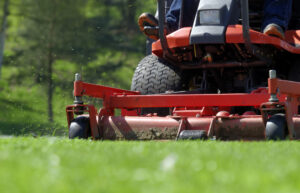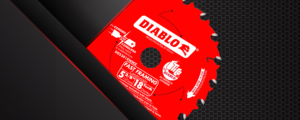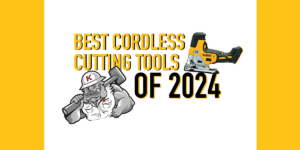Hard hats are a vital piece of safety equipment for anyone working in an environment with potential overhead hazards. But unlike a favorite pair of boots, there’s no breaking in a hard hat – it needs to be in top condition to offer maximum protection. This begs the question: do hard hats expire?
The answer, like many things in safety regulations, isn’t a simple yes or no. Let’s delve into the world of hard hat standards and best practices to ensure your head stays safe on the job.
OSHA and Hard Hat Standards
The Occupational Safety and Health Administration (OSHA) enforces the general duty clause, which requires employers to provide reliable and properly functioning Personal Protective Equipment (PPE) like hard hats. There’s no specific hard hat expiration mandated by OSHA, but a damaged or defective hard hat wouldn’t qualify as “reliable.”
While OSHA defers to specific standards, they do require hard hats to comply with the American National Standards Institute (ANSI)/International Safety Equipment Association (ISEA) Z89.1-2014 standard for industrial head protection.
Standards Speak Volumes (Without Mentioning Expiration)
Similar to OSHA, the ANSI/ISEA Z89.1-2014 standard and its Canadian counterpart, CSA Z94.1, focus on hard hat inspection before and after each use. They emphasize following manufacturer instructions and replacing damaged hard hats. Both standards require permanent markings on the hard hat, including the date of manufacture, which becomes crucial for replacement decisions.
The European standard, EN 397, is similar but adds an interesting twist: hard hats must pass an artificial aging test to simulate prolonged sunlight exposure. This ensures the material maintains its protective qualities over time.
So, how long is a hard hat good for?
The key takeaway? Replace your hard hat immediately if it sustains a significant impact or penetration – no questions asked.
Outside of damage, the manufacturer guidelines are your best bet for determining a hard hat’s lifespan. While the ANSI/ISEA Z89.1-2014 standard doesn’t mandate a specific number of years, most manufacturers recommend replacing the shell every two years of regular use or five years from the date of manufacture, whichever comes first. Suspensions have a shorter lifespan, typically needing replacement after a year.
Decoding the Date Code Mystery
Finding the date of manufacture is vital for determining replacement. It’s usually stamped on the interior of the helmet. Look for a “date wheel” – a circular code with a number in the center (year) and an arrow pointing to the month.
Inspection is Key
Manufacturer expiry dates are a good starting point, but they’re not the only factor. Hard hats exposed to harsh sunlight or extreme temperatures might need replacing sooner. Regular inspections are crucial.
Inspecting Your Hard Hat Like a Pro
ANSI, CSA, and EN standards all require inspecting the hard hat shell and suspension before and after each use. Here’s what to look for:
- Cracks, breakage, or discoloration in the shell
- Damaged stitching or any other signs of damage on the suspension
- Excessive wear or any unusual condition
- A quick test for brittleness is to flex the brim. If it’s stiff and lacks its usual flex compared to a new hard hat, it’s time for a replacement.
Extending the Life of Your Hard Hat
While wear and tear is inevitable on a jobsite, there are ways to maximize your hard hat’s lifespan:
- Avoid altering, puncturing, modifying, or engraving the shell or suspension.
- Keep paints, solvents, chemicals, adhesives, and gasoline away from your hard hat.
- Don’t store objects between the shell and suspension.
- Clean your hard hat with mild soap and water – harsh chemicals can degrade the shell.
- Store your hard hat in a cool, dry place away from direct sunlight. Gear bags with built-in hard hat storage are ideal.
Remember, your hard hat is your shield against falling objects. By following these tips and adhering to inspection guidelines, you can ensure your hard hat remains your reliable partner in workplace safety.
